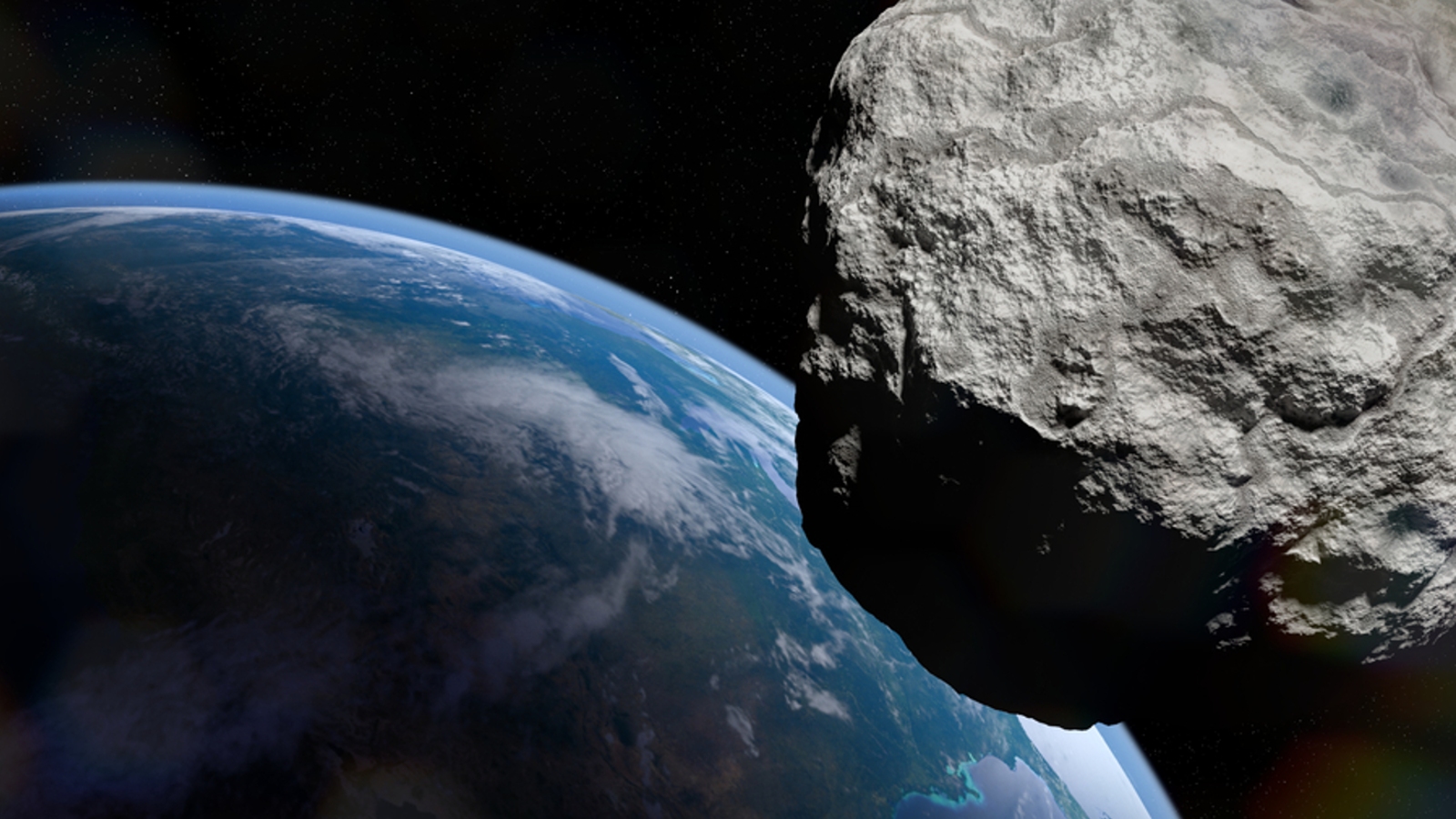Scientists discover near-Earth asteroid hours before it exploded over Berlin
For only the eighth time in history, scientists detected an asteroid before it made its fiery appearance over Earth. The tiny fireball exploded near Berlin early on Jan. 21.

In the wee morning hours on Sunday (Jan. 21), a tiny asteroid came hurtling through the sky and smashed into Earth's atmosphere near Berlin, producing a bright but harmless fireball visible for miles around. Such sightings typically occur a few times a year — but this one was unique because it was first detected by scientists roughly three hours before impact — only the eighth time that researchers have spotted one of these space rocks before it hit.
The asteroid, dubbed 2024 BXI, was first discovered by self-proclaimed asteroid hunter Krisztián Sárneczky, an astronomer at the Piszkéstető Mountain Station, part of Konkoly Observatory in Hungary. He identified the cosmic rock using the 60-cm Schmidt telescope at the observatory. Shortly after the space rock's discovery, NASA gave a detailed prediction of where and when the meteor would strike.
"Heads Up: A tiny asteroid will disintegrate as a harmless fireball west of Berlin near Nennhausen shortly at 1:32am CET. Overseers will see it if it's clear!" NASA tweeted on the night of Jan. 20.
A live camera in the city of Leipzig in northern Germany caught footage of the exceptionally bright meteor, watching it appear and disappear in the span of a few seconds. The asteroid, which measured an estimated 3.3 feet (1 meter) wide before impact, likely started to disintegrate around 30 miles (50 kilometers) west of Berlin and "probably dropped some meteorites on the ground" along the way, Denis Vida, a postdoctoral associate in meteor physics at Western University in Canada, told CBS News.
Sárneczky has discovered hundreds of asteroids in recent years, and was the first to detect asteroid 2022 EB5 around two hours before it slammed into Earth's atmosphere. He used Konkoly Observatory data to spot that incoming rock, too.
Another *incredible* shot of the small asteroid burning up above Germany just moments ago—wow. pic.twitter.com/OGl0GuWGe6January 21, 2024
His sighting is incredibly unusual. According to the European Space Agency, 99% of near-Earth asteroids smaller than 98 feet (30 meters) across have not yet been discovered. The smaller an asteroid is, the closer it must be to Earth before scientists can detect it, which can make it difficult to forecast impacts in advance, experts say.
In some cases, near-Earth asteroids can hide in the glare of the sun, such as the meteor that shot out from the direction of the rising sun over the city of Chelyabinsk, Russia, in 2013. That surprise space rock shattered windows, temporarily blinded pedestrians, inflicted instantaneous ultraviolet burns and injured more than 1,600 people.
Get the world’s most fascinating discoveries delivered straight to your inbox.
Government space agencies are currently developing new technologies to scan the skies for asteroids before they make contact with Earth, including NASA's NEO Surveyor satellite, currently planned to launch in 2027, and ESA's NEOMIR, which isn't expected to launch until after 2030. Starting in 2025, the Vera C. Rubin Observatory in Chile — funded by the National Science Foundation — will catalog the solar system from the ground, and is expected to greatly help asteroid-hunting efforts.
"It took us 200 years to discover all the asteroids we know to date, about 1.2 million asteroids," Mario Jurić, the Rubin Observatory's solar system discovery team lead and the director of the University of Washington's DiRAC Institute, told Astronomy. "In the first three to six months of Rubin, we will double that."

Kiley Price is a former Live Science staff writer based in New York City. Her work has appeared in National Geographic, Slate, Mongabay and more. She holds a bachelor's degree from Wake Forest University, where she studied biology and journalism, and has a master's degree from New York University's Science, Health and Environmental Reporting Program.


